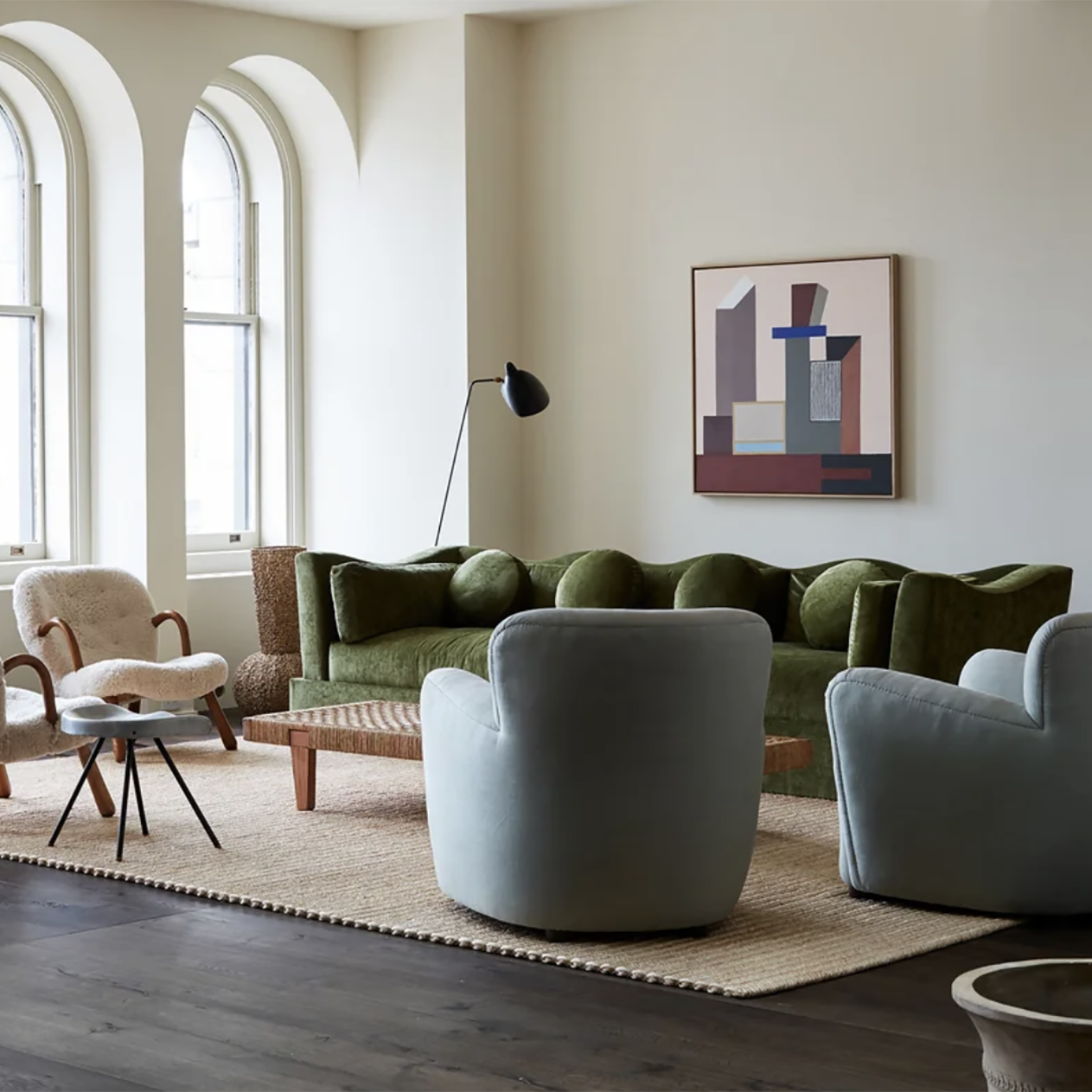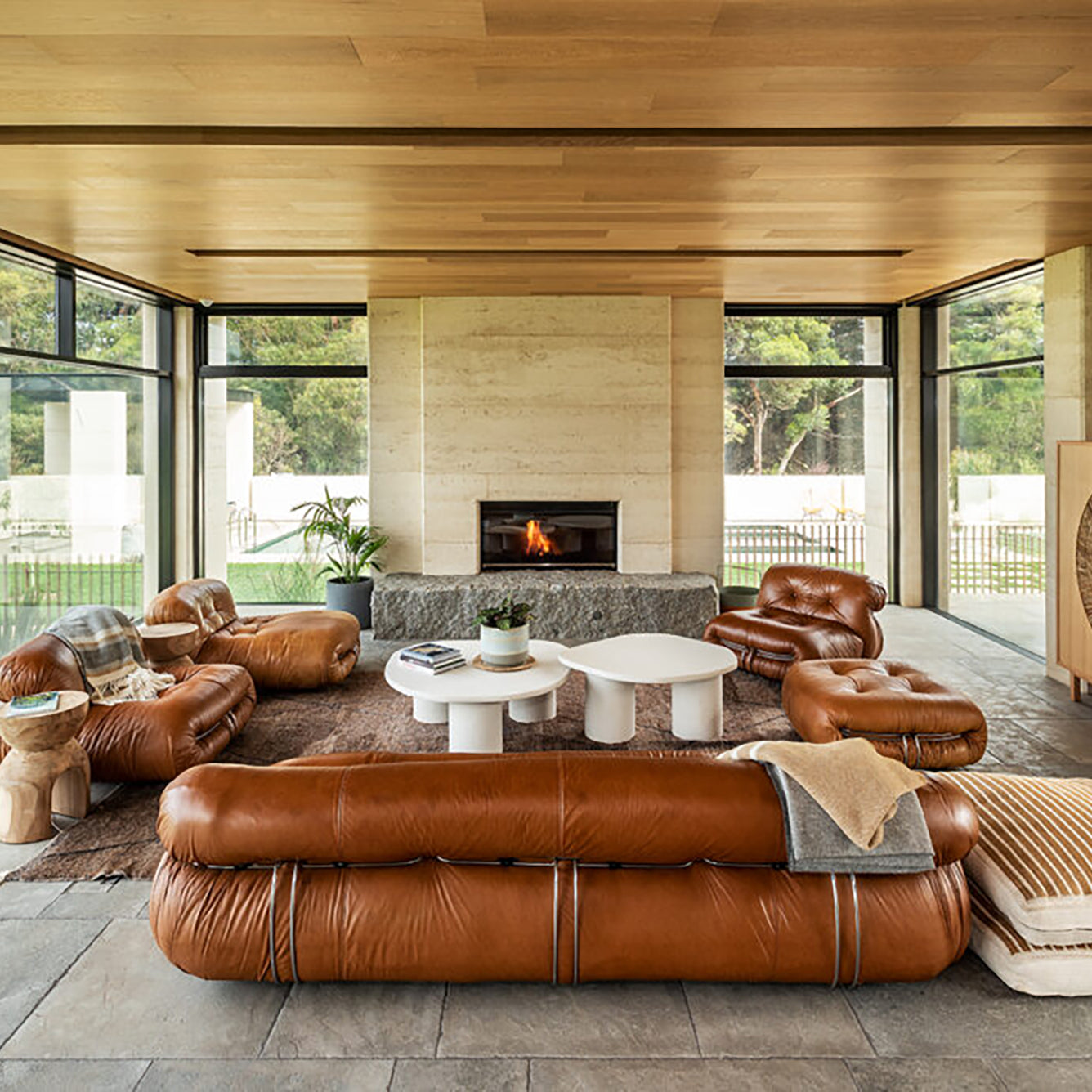MUSINGS, INSPIRATIONS, RECIPES, FEATURES & MORE
LATEST / INTERIORS INSPIRATION / COUNTRY & PERIOD HOUSE GUIDES / MUSINGS / SUSTAINABILITY / FEATURES / HEALTHY LIVING
A GRAND TOUR: SPECIALIST ROOMS IN COUNTRY HOUSES

British country houses, those majestic estates scattered across the UK, stand as testaments to history, social standing, and architectural evolution. Beyond the grand drawing rooms and opulent bedrooms lie a captivating array of specialist rooms, each serving a unique purpose and offering a glimpse into the lives of their inhabitants. Let's embark on a journey through these specialised spaces, uncovering the stories they whisper.
DEDICATED TO LEISURE: BILLIARD ROOMS, SMOKING ROOMS, AND LIBRARIES
Leisure pursuits were a cornerstone of life in a country house. The billiard room offered a space for gentlemen to engage in friendly competition or high-stakes wagers. Picture polished wood billiard tables, the satisfying click of ivory against cue ball, and perhaps a well-stocked humidor for post-game cigars. The decor often leaned towards a masculine aesthetic, featuring leather armchairs and paintings depicting sporting scenes, reflecting the aristocratic love of hunting and games.
Smoking rooms catered to the then-fashionable habit of tobacco indulgence. These intimate spaces, often smaller than grand drawing rooms, provided a haven for social gatherings centered around conversation and a shared love of the leaf. Imagine the air thick with the aroma of pipe and cigar smoke, while the walls might be adorned with paintings with a nautical theme.
For the scholarly and bibliophile, the library was a sanctuary. Towering bookshelves crafted from rich mahogany, plush armchairs positioned for optimal reading, and a crackling fireplace casting a warm glow – these elements defined the quintessential library. These rooms housed not just novels and reference works, but also valuable collections of manuscripts, maps, and family heirlooms. Here, residents could lose themselves in a good book, engage in intellectual discourse, or simply unwind in a space dedicated to knowledge and contemplation.
THE ENGINE OF THE ESTATE: THE GUN ROOM, BOOT ROOM, AND SCULLERY
Beyond leisure, specialist rooms played vital roles in the day-to-day running of a grand estate. The gun room was a crucial space for the landed gentry, housing an arsenal of firearms used for hunting, sport shooting, and even self-defense. Think of well-ventilated spaces equipped for cleaning and maintaining weapons, with elaborate gun racks showcasing prized shotguns and rifles.
The boot room, often located near the back entrance, served as a practical entry point for those returning from outdoor pursuits. Picture a space dedicated to muddy boots, damp clothing, and sporting equipment. Boot rooms typically featured drying racks, boot jacks, and perhaps a sink for cleaning up after a long day outside. These unassuming rooms ensured the smooth operation of the house by providing a designated area for the often-messy realities of the outdoors.
The scullery, although unseen by guests, played a vital role in the household. This bustling space, the domain of the kitchen staff, was dedicated to food preparation and cleaning. Large sinks, ample storage space, and work surfaces for chopping vegetables and preparing meals were the hallmarks of a scullery. The constant hum of activity served as a testament to the unseen labor that kept the grand house running smoothly.
UPSTAIRS AND DOWNSTAIRS: THE NURSERY, DRESSING ROOM, AND SERVANTS' QUARTERS
British country houses reflected the social hierarchy of the time. Dedicated rooms catered to the needs of the downstairs staff. Servants' quarters, often located on upper floors or in dedicated wings, provided basic sleeping and living accommodations for the domestic staff. Though modest, some grand houses offered surprisingly comfortable quarters for their valued employees.
The nursery was a haven for the children of the house, a space for nannies and governesses to care for the youngsters. Decorated in bright colours and furnished with toys, games, and perhaps even miniature furniture, nurseries provided a safe and stimulating environment for play and learning. Some grand houses even boasted dedicated night nurseries, allowing parents a good night's sleep undisturbed by their offspring.
The dressing room served as a private space for the lady (and sometimes lord) of the house. Here, they could attend to their toilette – dressing, undressing, and attending to personal hygiene – away from prying eyes. Large wardrobes, vanity units with multiple mirrors, and perhaps a chaise longue for reclining were common features. In grander houses, a dressing room might even have an adjoining bath or shower, a mark of true luxury.
DEDICATED TO DISPLAY: THE GALLERY, ARMOURY, AND TROPHY ROOM
For some families, ostentation and a desire to impress were paramount. The grand gallery served as a stage to showcase wealth and artistic taste. Imagine polished floors, high ceilings, and walls adorned with paintings, sculptures, and even tapestries. Galleries might be designed in a particular architectural style, perhaps neoclassical or baroque, further emphasising the grandeur of the collection. These spaces were a testament to the family's cultural pursuits and a means of displaying their social standing.
The armoury, a room less common today, once held a collection of weapons and suits of armour, not just for practical use but also as decorative pieces. Gleaming suits of plate armour displayed on stands, or ornately decorated swords hanging on the wall, served as a potent symbol of a family's martial history and prowess. While the practicality of such a room has diminished, it offers a window into a bygone era where warfare and self-defense were prominent concerns.
The trophy room, a more recent addition, celebrated the sporting achievements of the house's residents. Mounted animal heads – a controversial practice today – alongside hunting trophies, fishing rods, and framed photographs told the story of the owner's sporting adventures. These rooms offered a sense of accomplishment and a connection to the natural world, but also raise questions about the ethics of hunting and the relationship between humans and nature.
DEDICATED TO WORK: THE STUDY, THE MORNING ROOM, AND THE ESTATE OFFICE
Leisure wasn't the only pursuit for some country house residents. The study served as a dedicated workspace, often for the lord of the house to manage his estate or pursue intellectual interests. Think of a room lined with leather-bound books, a large writing desk with a comfortable chair, and perhaps a fireplace crackling away for warmth and inspiration. The study was a haven of solitude and focus, a space for serious thought and the handling of estate affairs.
The morning room, a smaller and more informal space compared to the grand drawing room, offered a retreat for the family to gather in the mornings. Here, away from the formality of other reception rooms, residents might enjoy breakfast, read the newspaper, or simply relax with a cup of tea. Morning rooms often had a more lived-in feel, with comfortable armchairs, a cluttered desk perhaps displaying family photographs, and a sense of informality that contrasted with the grander public areas of the house.
The estate office, typically located on the ground floor or in a dedicated wing, was the nerve center of the estate's operations. Here, the land agent and their staff would manage the day-to-day running of the estate, overseeing agricultural activities, tenant relations, and the finances of the property. The estate office would have bustled with activity – a testament to the complex economic and social ecosystem that a grand country house often presided over.
ROOMS BEYOND THE HOUSE: THE ORANGERY, THE LAUNDRY, AND THE ICE HOUSE
The grand house wasn't an isolated entity, but rather the heart of a self-contained microcosm. Specialist rooms often existed beyond the main building, catering to specific needs.
The orangery was a light-filled structure designed to house exotic citrus plants, such as oranges and lemons, that wouldn't survive the harsh British winters. Orangeries were often beautifully designed, featuring large glass windows, a heating system, and perhaps a decorative fountain. They served not just a horticultural purpose, but also as a pleasant space for entertaining guests or relaxing in a warm, sun-drenched environment.
The laundry, a necessity in any large household, was typically located in a separate building to avoid the risk of fire. Here, a team of laundry maids would toil away, washing, drying, and ironing the seemingly endless supply of linens, clothes, and tablecloths used in the grand house. The laundry would have been a hot and steamy environment, a stark contrast to the cool grandeur of the upstairs rooms.
The ice house, another essential outbuilding, was an ingenious way to preserve food in an era before refrigeration. Constructed with thick walls and a domed roof for insulation, ice was cut from frozen ponds or lakes during the winter and stored in the ice house, providing a cool environment to keep food fresh throughout the warmer months.
A VAULT OF HISTORY: THE MUNIMENT ROOM
For families with a long and illustrious history, the muniment room served as a secure archive. Imagine a room with thick walls and a heavy iron door, safeguarding priceless documents such as family deeds, wills, and historical records. Here,meticulously labeled shelves might hold leather-bound volumes chronicling the family lineage, maps charting the evolution of the estate's boundaries, and even personal letters offering an intimate glimpse into the lives of past generations. The muniment room wasn't just a storage space; it was a portal to the past, a place where the weight of history hung heavy in the air.
A STAGE FOR ARTISTIC EXPRESSION: THE MUSIC ROOM
For musically inclined families, the music room was a dedicated space for performance and practice. Picture a room with a grand piano as the centerpiece, surrounded by comfortable seating and perhaps a music stand for chamber music. Sheet music might be displayed on stands, and the walls could be adorned with portraits of famous composers or musicians. The music room served not just as a venue for private concerts or family gatherings, but also as a space for fostering musical talent and appreciation for the arts.
A SECRET REFUGE: THE PRIEST'S HOLE
Hidden away within the walls or attic spaces of some grand houses lie priest holes – small, concealed chambers built during times of religious persecution. These cramped spaces, often barely large enough for a single person to lie down, served as hiding places for Catholic priests during the Reformation, when practicing Catholicism was outlawed in England. Priest holes are a stark reminder of a turbulent period in British history, a testament to the lengths people went to in order to preserve their religious beliefs.
These specialist rooms, both common and uncommon, stand as silent witnesses to the lives and stories that unfolded within the walls of grand country houses. They offer a glimpse into the social hierarchy, leisure pursuits, and cultural values of a bygone era. While some rooms may seem outdated or reflect social norms we no longer hold, they all contribute to the rich tapestry of British history and offer a fascinating lens through which to view the lives of those who inhabited them.




